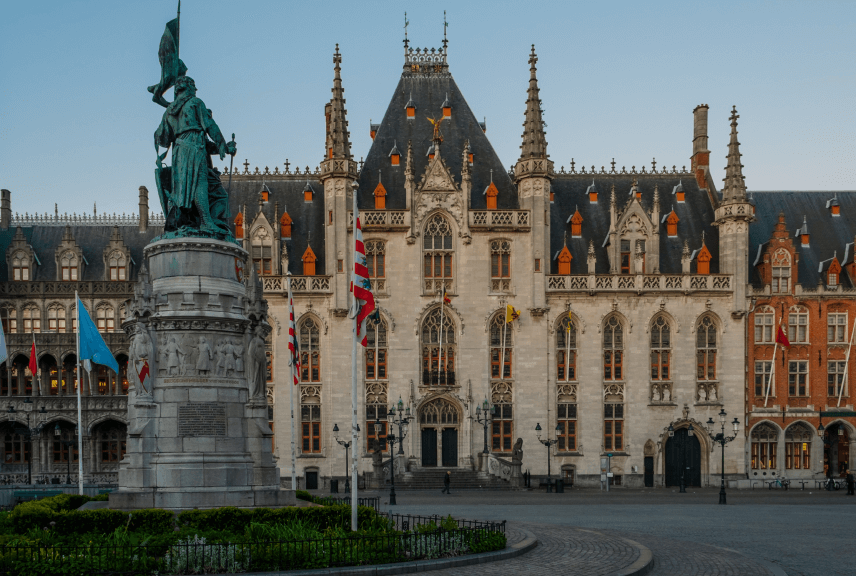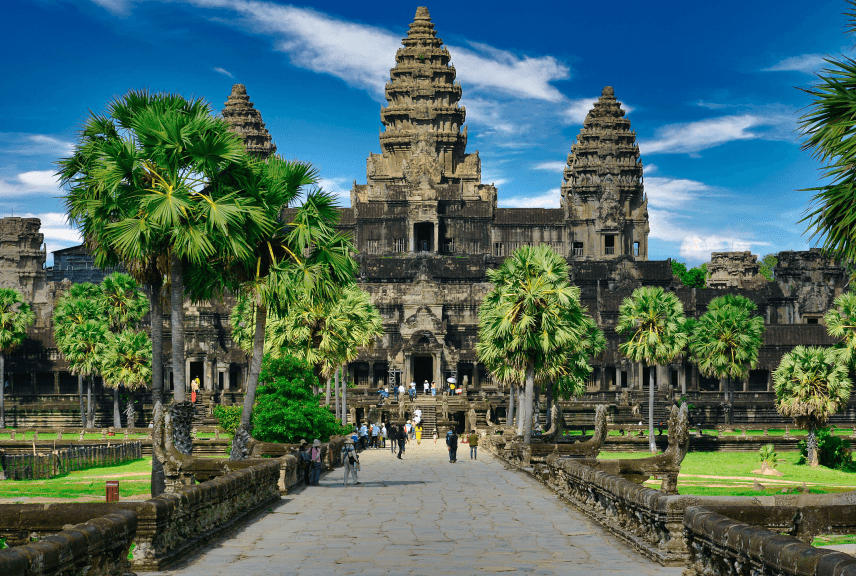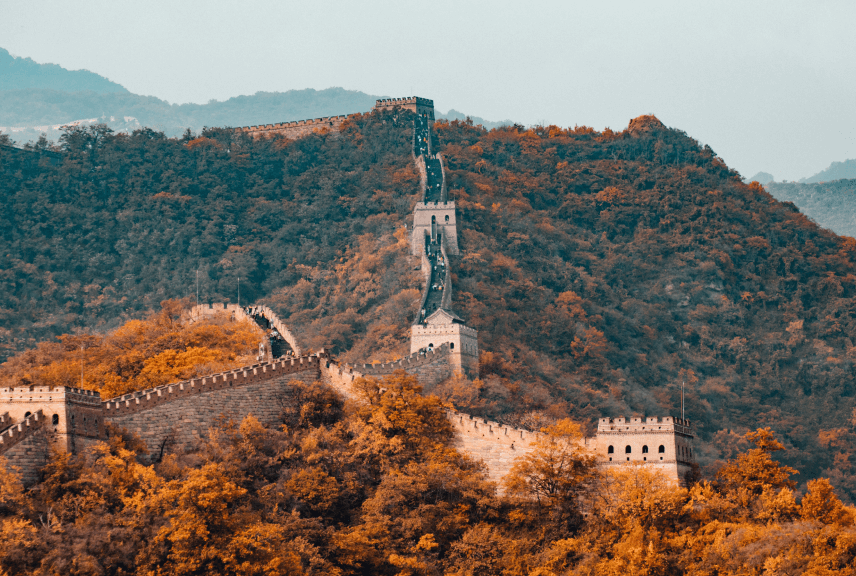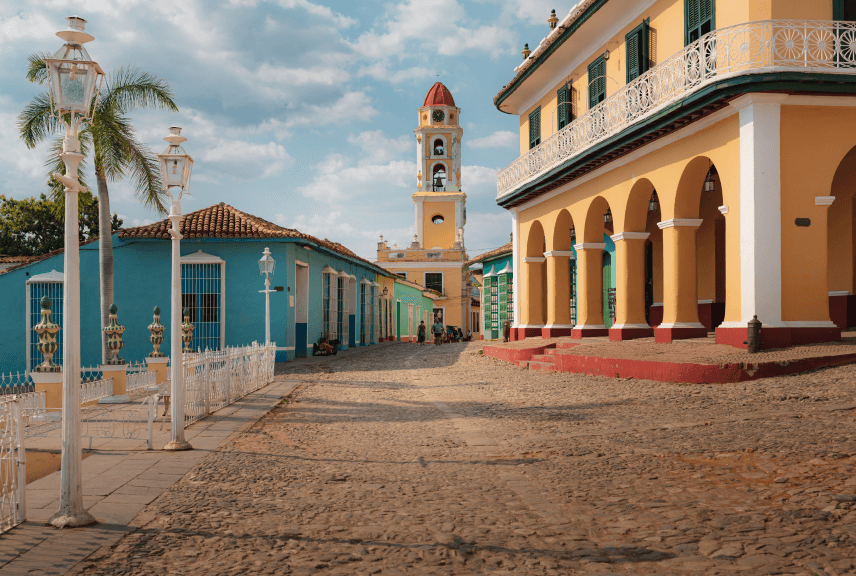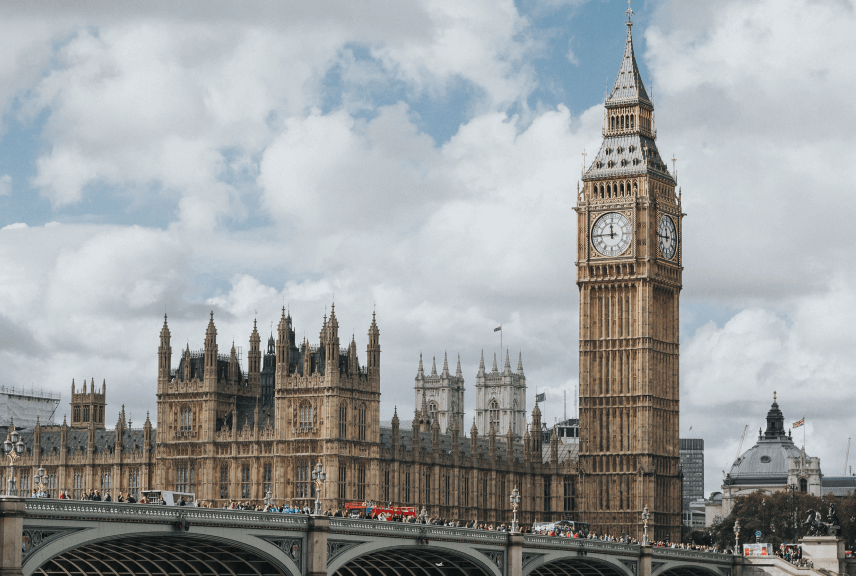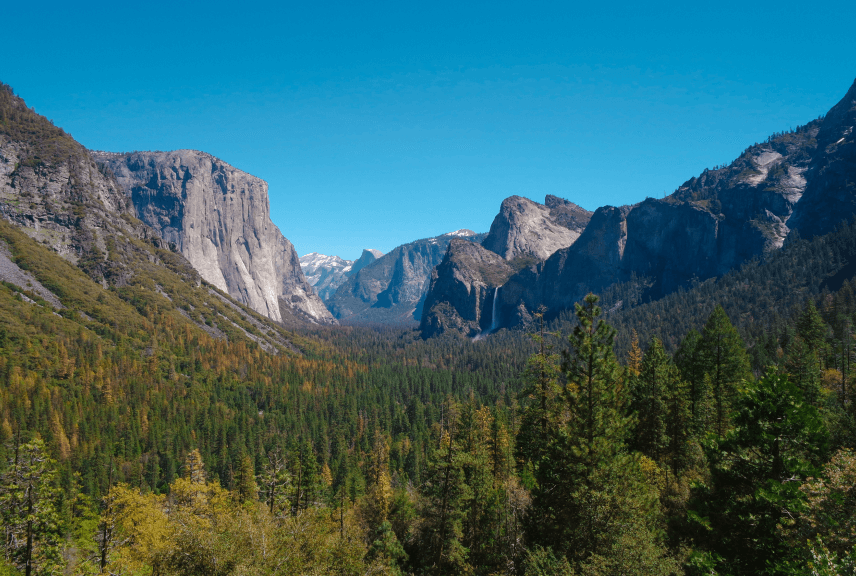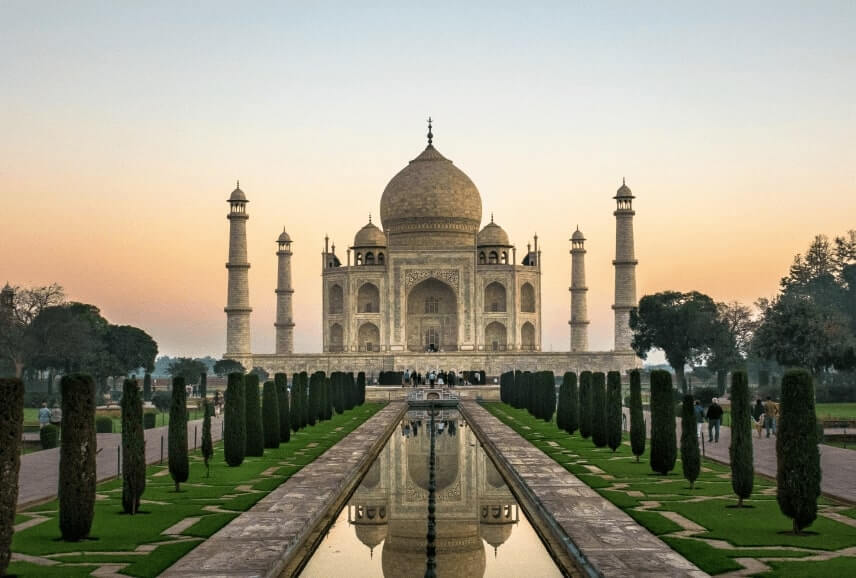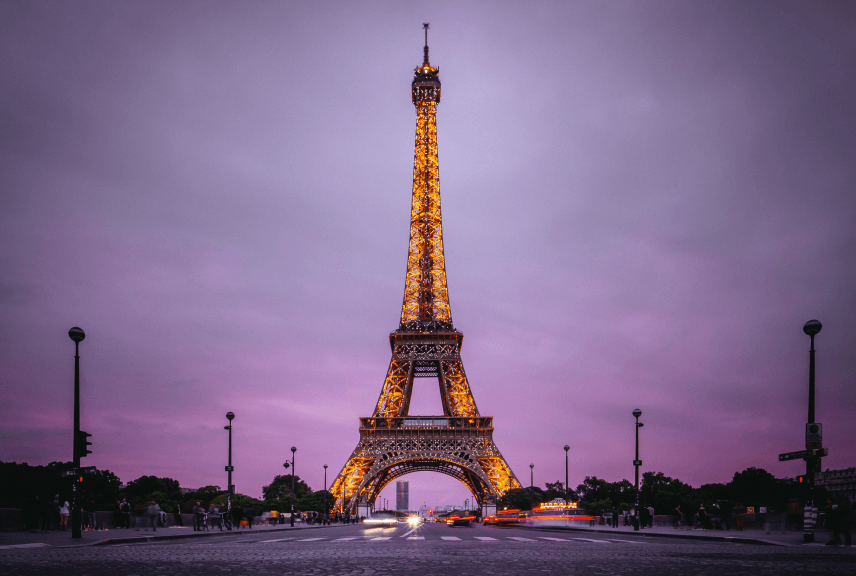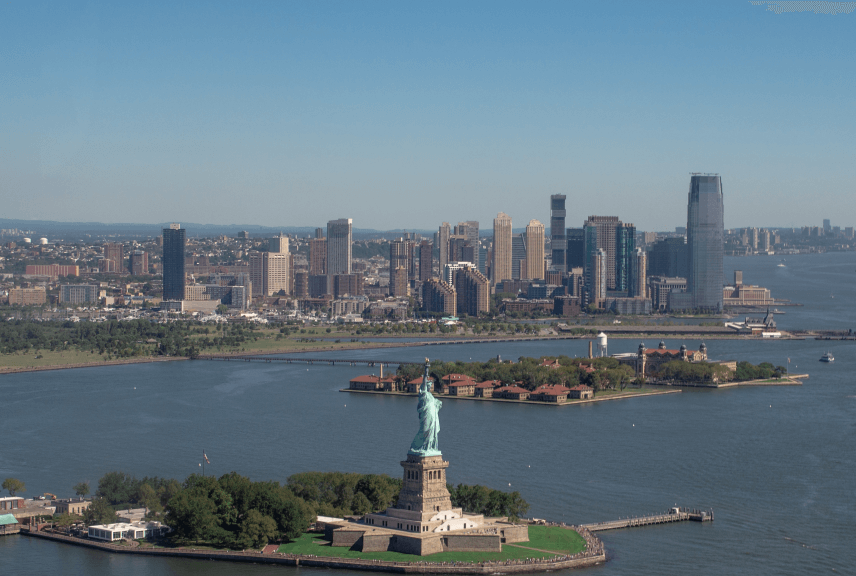Humayun’s Tomb
Humayun’s senior widow Bega Begum, popularly known as Haji Begum, built the magnificent Humayun’s Tomb in Delhi, in 1565. It is one of the most beautiful Mughal monuments, with features like high arches and a full double dome. Located on Mathura Road, near its crossing with Lodi Road, Humayun’s Tomb is built on a large stone platform, surrounded by green lawns and has a crescent on the top of the dome, instead of the usual lotus. It is said that the Begum spent one and a half million rupees on the tomb, which was constructed between nine and fourteen years after the death of the Emperor Humayun in 1556. You can see a beautiful view of Humayun’s Tomb from the Humayun Darwaza, a gateway in the Purana Qila or Old Fort in Delhi. Mirak Mirza Ghiyas, the architect of Humayun’s Tomb, designed it in a Persian ‘charbagh’ or square four-garden style enclosed by high walls on three sides, and the River Yamuna on the other. The style was introduced in India by Babur, the first Mughal emperor. It reached its zenith over the years of Mughal rule, culminating in the magnificence of the Taj Mahal in Agra. According to the historian Laura Sykes, Humayun’s tomb is perhaps the Taj’s ‘masculine equivalent, both literally and to some extent architecturally, as the epitome of solid imperial style’. The carvings, the inlaid work on the marble of the walls and the trelliswork in red sandstone, are the other special Mughal features of Humayun’s tomb.

The passage to the tomb is long and one has to cross through three gardens and two lofty double-storeyed gateways, one on the west and the other on the south. The gardens measure 348 sq. meters and are divided into 36 squares by a network of water channels and fountains. The architecturally beautiful mausoleum, built of red sandstone and red and white marble, is located in the center of the enclosure on a large platform and has a series of cells with arched openings. The central octagonal chamber has the cenotaph of Humayun, which is encompassed by octagonal chambers at the diagonals. It also has arched lobbies on the sides and their openings are closed with perforated screens. Three emphatic arches dominate on each side, of which the central one is the highest. The second storey also has a similar design, with a roof surmounted by a 42.5 meters high double dome with marble and pillared kiosks or chhatris placed around it, which occurs here for the first time in India. This architectural design is known as hasht bihisht (Eight Paradise) and is typical of Iranian buildings from the time of Timur the Lame. The stone windows are placed in such a way on all the floors that they allow light to stream into the central hall throughout the day. In the vaults below the platform in the mausoleum, lie the graves of several rulers of the Mughal dynasty. These include the graves of Dara Shikoh, Shah Jahan’s favorite son and Bahadur Shah II, the last Mughal emperor of Delhi, who took shelter in Humayun’s tomb and was later captured here by Lieutenant Hodson during the Revolt of 1857. There are so many graves here that the tomb is also called ‘The Dormitory of the House of Timur’.
Humayun’s Tomb can be said to be a monumental landmark in Indo-Islamic architecture. The beautiful gardens, imposing high arched entrances, the bulbous round dome and the mausoleum, make the tomb a perfect synthesis of Persian architecture and Indian traditions.
